Сіздің клиенттеріңіз зарядтау туралы сұрайды, бірақ сіз тек түсініксіз жауап бере аласыз. Бұл белгісіздік сізді дайын емес болып көрінеді және тұтынушының сіздің өніміңізге деген сенімділігін әлсіретеді.
3 доңғалақты 3 доңғалақты электр триктері толығымен зарядтау үшін 4-8 сағатты алады. Нақты уақыт батареяның сыйымдылығына, оның ағымдағы заряд деңгейіне және пайдаланылатын зарядтағыштың қуатына байланысты.
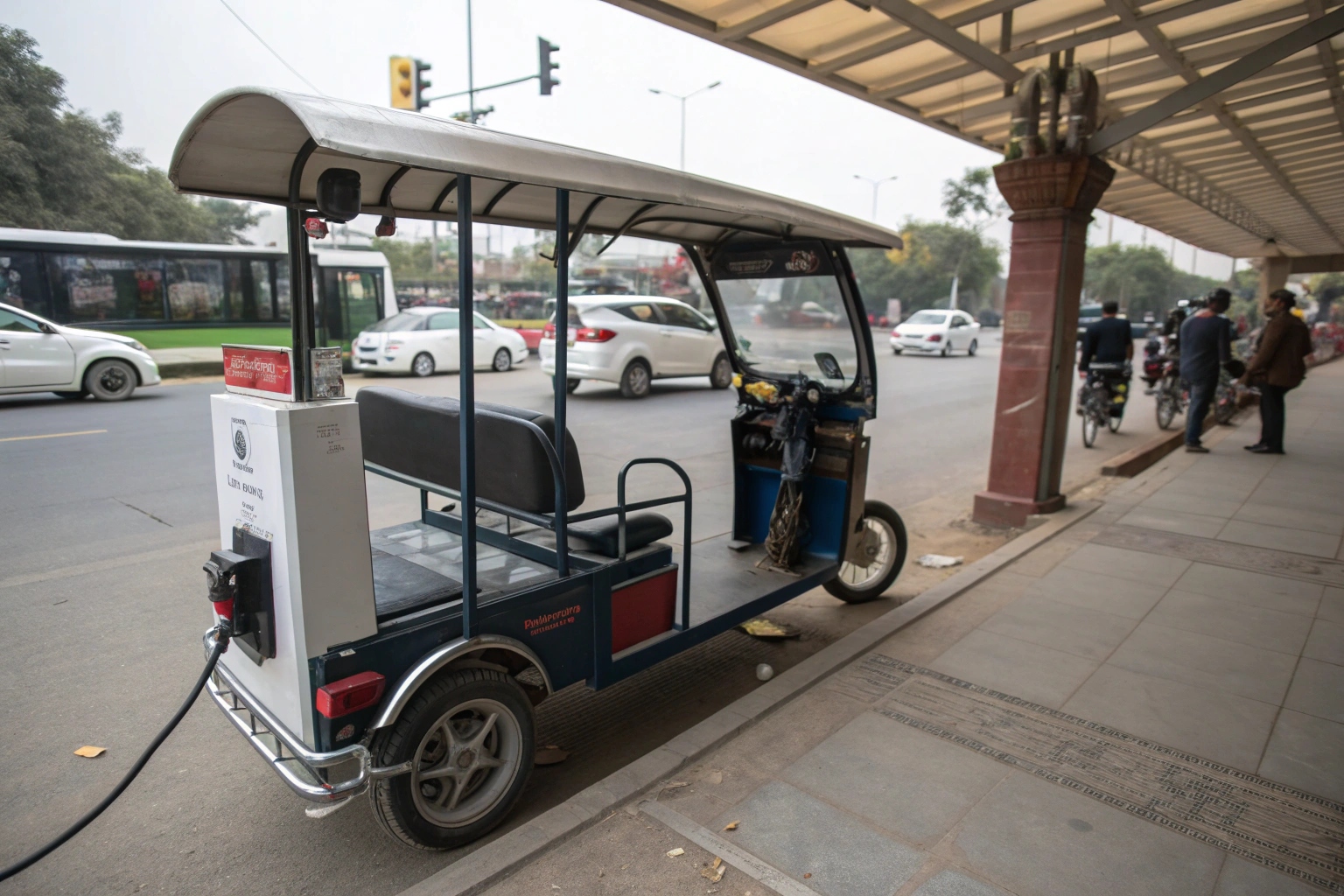
As a factory owner, "How long does it take to charge?" Мен барлық жаңа дистрибьютордан алған үш сұрақтардың бірі. Бұл таңқаларлық егжей-тегжейлі жауаппен қарапайым сұрақ. Клиенттеріңізге нақты және нақты түсінік беру олардың үміттерін басқару үшін өте маңызды және көлік құралын дұрыс қолданып алу үшін өте маңызды. Дұрыс Зарядтау әдеттері Батареяны қорғаңыз, бұл кез-келгендің ең құнды компоненті Электрлік жүктің. Сеніммен жауап бере алатындай факторларды бұзайық.
3 доңғалақты электрлік үштікке қанша сағат кету керек?
Сіз әртүрлі модельдер үшін жарнамаланған әртүрлі зарядтау уақытын көресіз және қайсысы дұрыс екенін білмейсіз. Бұл әлеуетті сатып алушыға тікелей жауап беруді қиындатады.
Әдеттегідей таяқша 4-8 сағат ішінде алынады, бірақ Tuk-Tuk электр қуатымен коммерциялық модельдер 8-10 сағатты алады. Уақыт - бұл зарядтағыштың қуаттылығына бөлінген қарапайым есептеу.
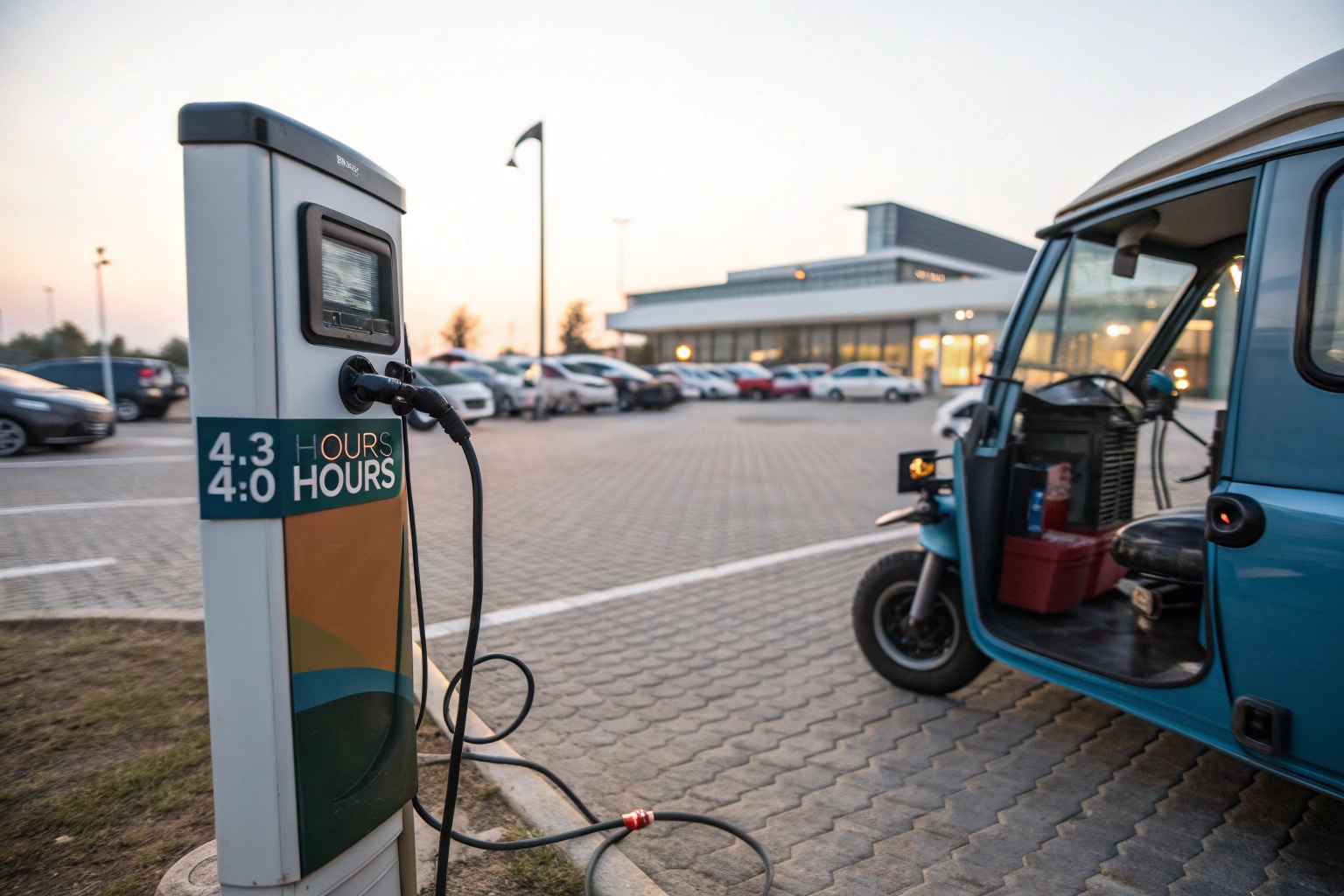
Зарядтау уақыты кездейсоқ сан емес; Ол қарапайым математикаға негізделген. Егер сіз екі нәрсені білсеңіз, тұтынушыларға өте дәл бағалау бере аласыз: Батареяның сыйымдылығы AMP-сағаттардағы (AH) және Зарядтағыштың амптардағы шығысы (A). Негізгі формула Time = Ah / A. Менің зауытымда біз көлік сатпаймыз; Біз аккумулятор мен зарядтағыштың жоспарланған жұмыс үшін тамаша сәйкес келетін толық жүйені ұсынамыз. Кішкентай жолаушылар моторолтарында ауыр жүк велосипедінен өте әртүрлі қажеттіліктер бар. Мысалы, Tuk-Tuk Taxi-дің сұранысқа ие электрлік таксиі күнделікті жұмыс үшін үлкен батарея қажет, ал оны келесі ауысымға дайындай алатын қуатты зарядтағыш қажет. Мұның бәрі өнімділік, шығындар және ыңғайлылық туралы.
| Көлік түрі | Типтік батарея | Сәйкес зарядтағыш | Толық зарядталған |
|---|---|---|---|
| Жолаушылар скутер | 48V 30АH | 5а | ~ 6 сағат |
| Жүктерді тасымалдау | 60V 60AH | 8а | ~ 7,5 сағат |
| Tuk-Tuk такси электрлі | 72V 150А | 15А | ~ 10 сағат |
Батарея түрі электр триктеріне зарядтау уақытына әсер ете ме?
Сіз қорғасын-қышқыл және литий батареялары бар триктерді ұсынасыз, бірақ тұтынушылар бағаның айырмашылығын түсінбейді. Зарядтау артықшылығын түсіндіру литийдің қымбаттығын ақтауға көмектеседі.
Ия, мүлдем. Литий-иондық батарея өзінің жоғары химиялық тиімділігі мен ішкі кедергіні төмендетумен бірдей сыйымдылығы бар қорғалған батареядан гөрі тезірек зарядталады.
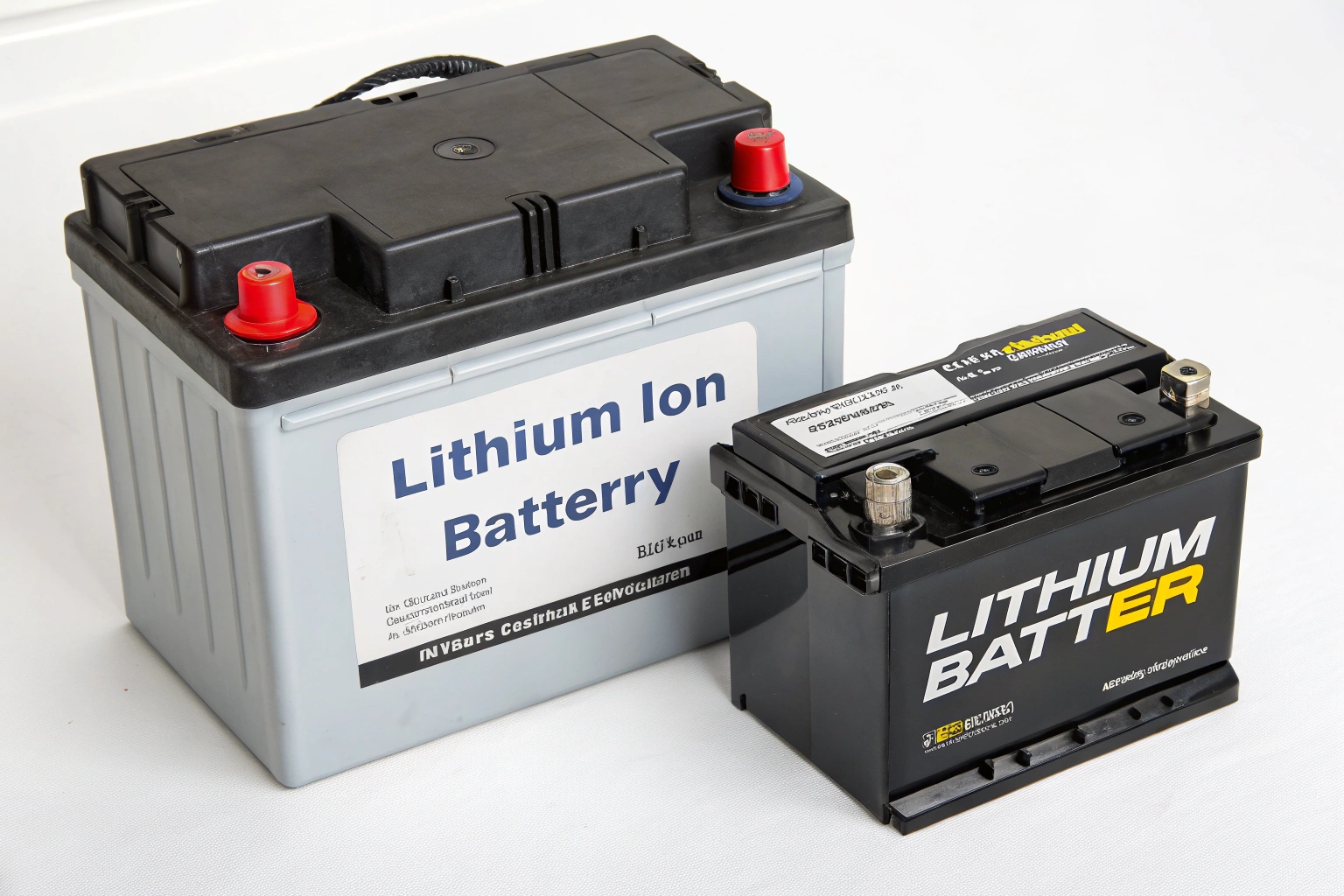
Қорғаныс-қышқыл және литий-ион арасындағы таңдау - бұл қойылымның да, зарядтау жылдамдығының ең үлкен факторларының бірі. Қорғасын қышқылының аккумуляторлары дәлелденген, арзан опция, олар аз тиімді. Олар зарядтау кезінде жылумен көп энергияны жоғалтады, сондықтан оларды толтыруға көп уақыт кетеді. Литий-иондық батареялар, екінші жағынан, олардың озық химиясы мен интеграцияланған арқасында қуатты ақы тиімді және қауіпсіз түрде қабылдауға болады Батареяны басқару жүйесі (BMS). Көліктің жұмыс уақыты жоғалған, егер көліктің соңғы уақыты болып табылатын коммерциялық бизнес үшін, литий батареяларының тез зарядтауы көбінесе инвестицияның қайтарымын береді. Бұл тұтынушы тек бастапқы сатып алу бағасына назар аударған кезде бөлектеу үшін негізгі сату нүктесі.
| Белгі | Қорғасын-қышқылы батареясы | Литий-ионды батарея |
|---|---|---|
| Зарядтау жылдамдығы | Баяу (6-10 сағат) | Жылдамырақ (салыстырмалы мөлшерде 3-6 сағат) |
| Әсерлілік | Аз тиімді, жылы болады | Жоғары тиімді, жылу шығыны аз |
| Қызмет ету мерзімі | 300-500 цикл | 1000-2000 + цикл |
| Салмақ | Ауыр | Жайғақ |
3 доңғалақты электрлік триктер үшін жылдам зарядтаушылар бар ма?
Your commercial customers want their trikes back on the road faster. You're wondering if a "fast charging" Шешім - бұл оларды ұсынатын қауіпсіз және өміршең нұсқа.
Ия, жоғары жылдамдығы бар жылдам зарядтау қол жетімді және зарядтау уақытын 2-4 сағатқа дейін қысқарта алады. Дегенмен, жиі қолдану батареяның қартаюын тездетіп, оның жалпы өмірін азайтуы мүмкін көп жылуды тудырады.
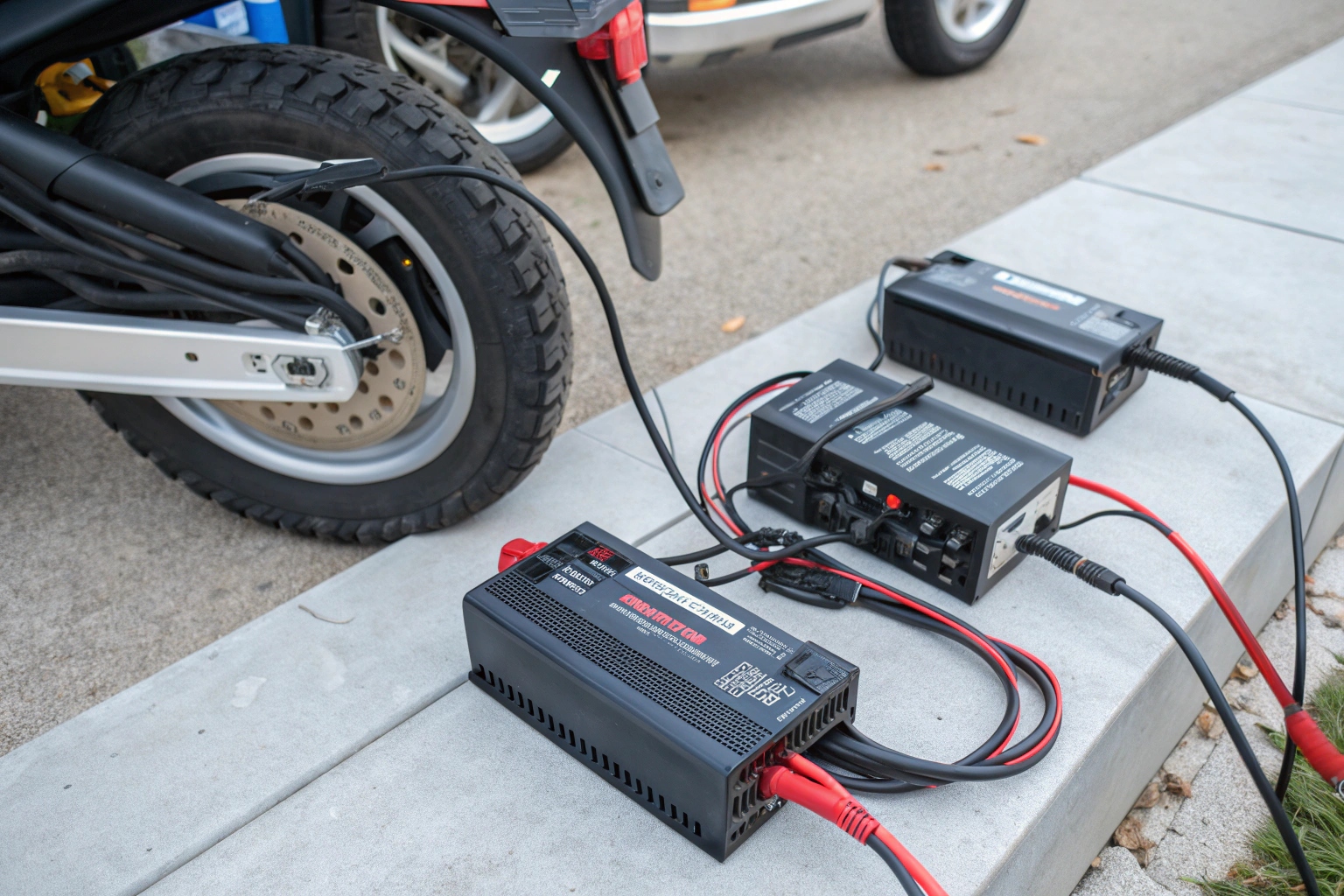
Зарядтау жылдамдығы мен батареяның денсаулығы арасында әрдайым сауда-саттық бар. Мен өз дистрибьюторларыма осылай ойлануға жиі айтамын: стандартты зарядтағыш күн бойы суды ішу сияқты - бұл ұзақ мерзімді денсаулық үшін тиімді және тиімді. Жылдам зарядтағыш бүкіл бөтелкені бірден салу сияқты - бұл жұмысты тез аяқтайды, бірақ жүйеге көбірек стрессті қояды. Біз тез зарядтағыштарды жеткізе аламыз, бірақ клиенттерге ақшыл болу өте маңызды. Жеткізу бизнесі үшін әр минут есептелетін бизнес үшін ыңғайлылық батареяның максималды өмір сүру ұзақтығының аздап төмендеуі болуы мүмкін. Бір түнде ақы төлейтін пайдаланушы үшін стандартты зарядтағыш әрқашан батарея үшін сау және үнемді таңдау болып табылады. Зарядтағышты зауытты зауытты анықтамаңыз, себебі зауытта анықтайды, өйткені бұл тұрақты зақым келтіруі мүмкін және кепілдік күшін жоя алады.
Электр триктеріне зарядтау уақытының қандай факторлары әсер етеді?
Тапсырыс беруші өздерінің топтық шағымданады, олар қыста зарядтауға 8 сағат, бірақ жазда ғана бар. Неліктен бұл күтілгендерді басқару және жақсы қолдау көрсететінін түсіндіруіңіз керек.
Батарея мен зарядтағыштан тыс, екі үлкен фактор - бұл зарядтаудың бастапқы деңгейі және қоршаған орта температурасы. Батареяның жартылай толық зарядтары босқа қарағанда тезірек, ал суық ауа-райы едәуір зарядтауды баяулатады.
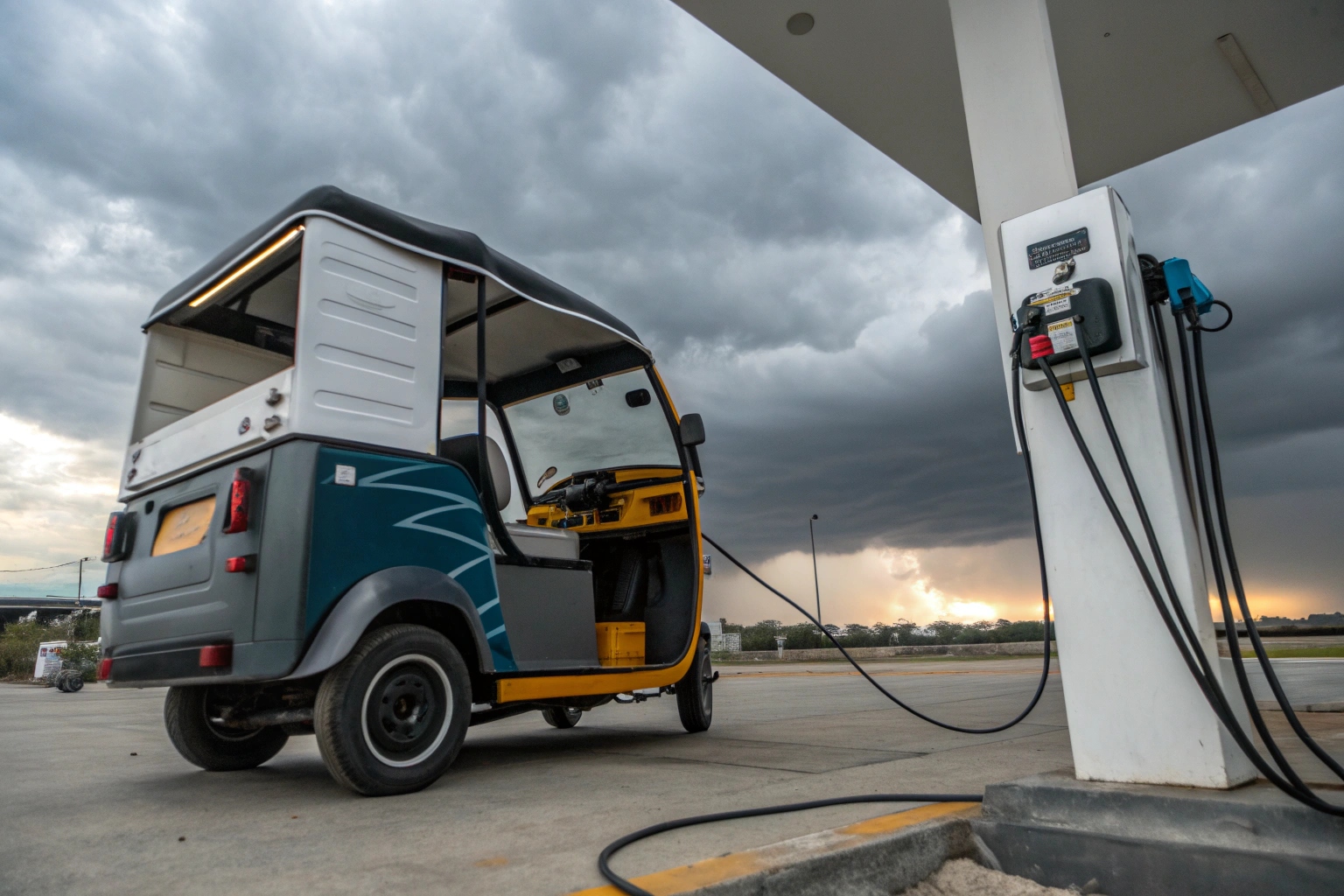
Зарядтау процесі әрқашан сызықты бола бермейді. Бұл айнымалыларды түсіну сіздің клиенттеріңізге жақсы кеңес беруге және олардың үміттерін басқаруға көмектеседі.
- Қалған заряд деңгейі: Батарея зарядтары 20% -дан 80% -на толды. Қорытынды 20% (80% -дан 100% -ға дейін) ұзақ уақыт алады (80% -дан 100%), өйткені аккумуляторды басқару жүйесі (BMS) жеке ұяшықтарды теңестіру және оларды қауіпсіз түрде шығарады. Сондықтан 50% -дан зарядтау толығымен өлі 10% зарядтаудан гөрі тезірек сезінуі мүмкін. Клиенттерге аккумулятор батареясы 20-30%, оны толығымен босатқаннан гөрі, оны қосуды кеңес беріңіз.
- Қоршаған орта температурасы: Батареялар адамдар сияқты; Олар бөлме температурасында жақсы жұмыс істейді. Суық ауа-райында (5 ° C-тан төмен), батарея ішіндегі химиялық реакция төмендейді, бұл зарядтау тиімділігін 30% дейін төмендетіп, процеске сағат қосуға болады. Төтенше жылуда, BMS қызып кетудің алдын алу үшін ақысыз зарядтауы мүмкін. Ең жақсы тәжірибе әрқашан үй ішінде үйді баспанаға апару керек.
Қорытынды
Толық заряд әдетте 4-8 сағатты алады, бірақ батарея түрі, зарядтағыштар және температура туралы мәліметтерді біле отырып, сараптамалық кеңестер беруге және тұтынушыларға сенім артуға мүмкіндік береді.

